William Lawrence Bottomley
1924
1600 Monument Avenue
A Special Announcement: ArchitectureRichmond would like to remind our readers to visit our Kickstarter page and make a commitment to architecture and design journalism in Richmond today. You can learn more about our Kickstarter campaign here. Thank you.
The Stuart Court Apartments stands at the northwest corner of Stuart Circle and both derive their names from the statue of Confederate General J.E.B. Stuart in the central roundabout. Stuart Circle is an architectural showcase intersection, studded with notable works: St. John’s United Church of Christ, by Carl Max Lindner Sr., and the First English Lutheran Church and Stuart Circle Hospital, now know as One Monument Avenue, both the work of Charles Robinson. The architect of Stuart Court, New York City based William Lawrence Bottomley, would have been well aware of these designers as he practiced extensively in Richmond. His design responds accordingly.
Dating to 1924, Stuart Court is the youngest structure on the circle, excluding the addition to One Monument Avenue. This gap can be felt in the building’s siting. Rather than bending with the corner as others on the intersection do, Stuart Court retreats. The setback forms a concave space which accommodates a drop off lane, a record of the increasing importance of automobiles by the 1920s. Population and housing demand increased in 1920s Richmond as well, and those pressures are also readable in the building’s form. At 10 stories, it is the tallest building in the urban portion of Monument Avenue and is one of only a few mid-rise buildings in the neighborhood west of Monroe Park .
Stylistically, the lower registers of Stuart Court match the ground level norm in Monument Avenue. The simple planes of the facade are adorned with quoins and Georgian Revival window mouldings. At the upper reaches, Bottomley switched to eclectic polychrome panels of ornament, vaguely Moorish in origin. Negative space between the low relief ornament was painted in contrasting colors which makes it greatly more readable from ground level. The final three floors of the building stagger back from the street, culminating in a palatial roof composition with chimneys, urns, and auxiliary structures adding romance to the tower’s terraced profile.
Today Stuart Court is home to around 60 units of housing, some with up to 3 bedrooms and separated dining, kitchen, and living spaces. The basement retail space is one of the few along Monument Avenue. The staircase down from the street is flanked by oversized urns, creating a subtly funerary ambience. Despite the prime location, distinguished history, and generous plans, the exterior seems to have fallen on hard times. Many of the original cornices, moldings, finials, and urns have been lost and patch work paint jobs litter the facade. Still, the building’s most valuable contribution to the neighborhood may be demographic rather than architectural in nature. The Stuart Court Apartments allow a many people to realize the dream of living along Richmond’s most prestigious residential avenue who would otherwise have to look elsewhere.
D.OK


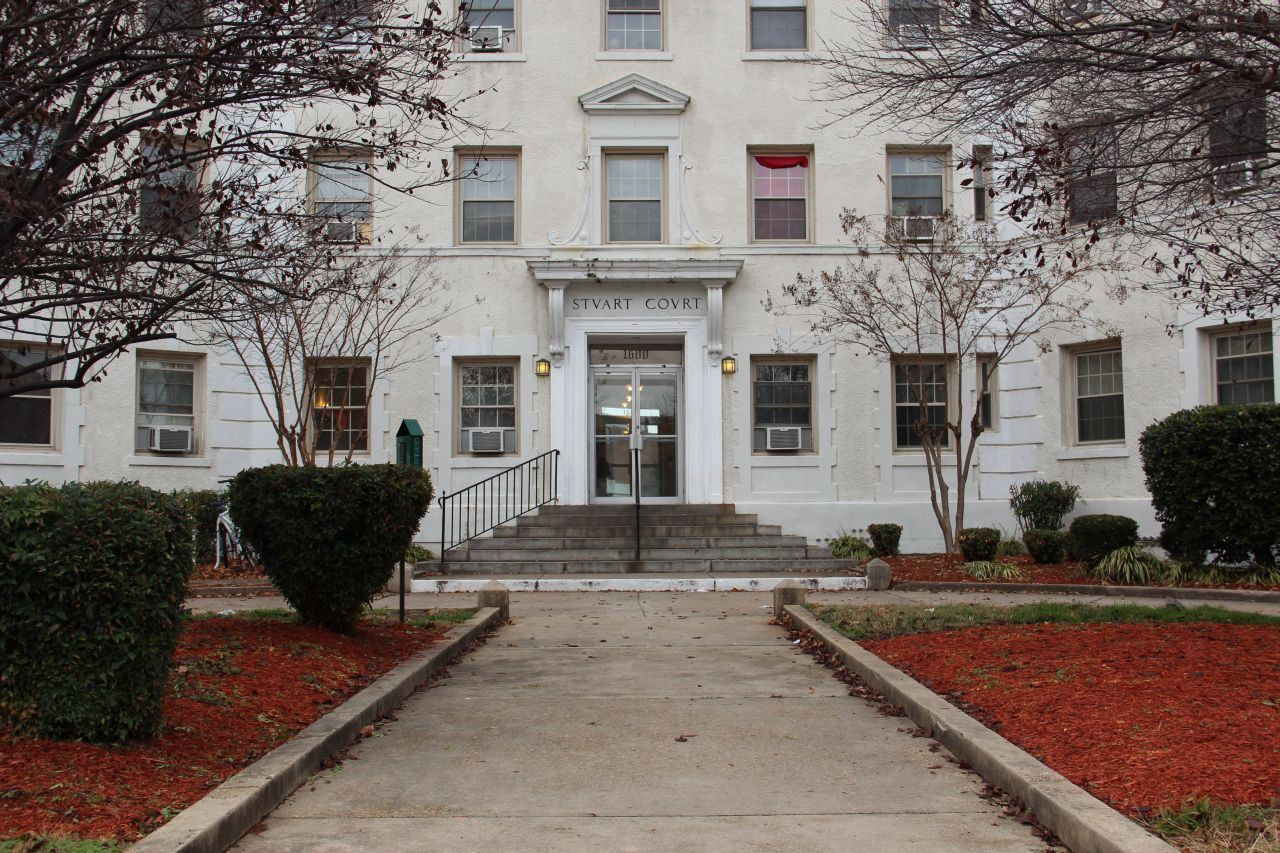

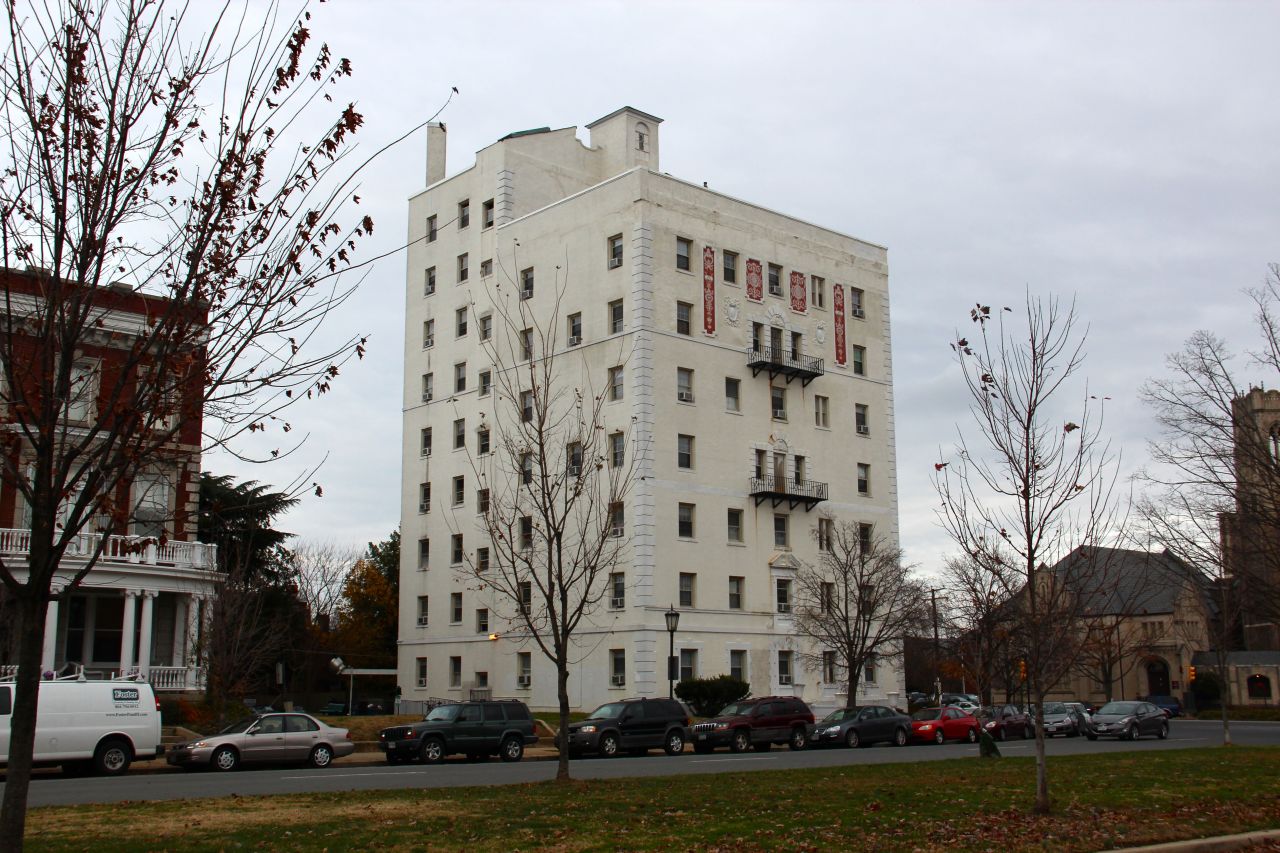

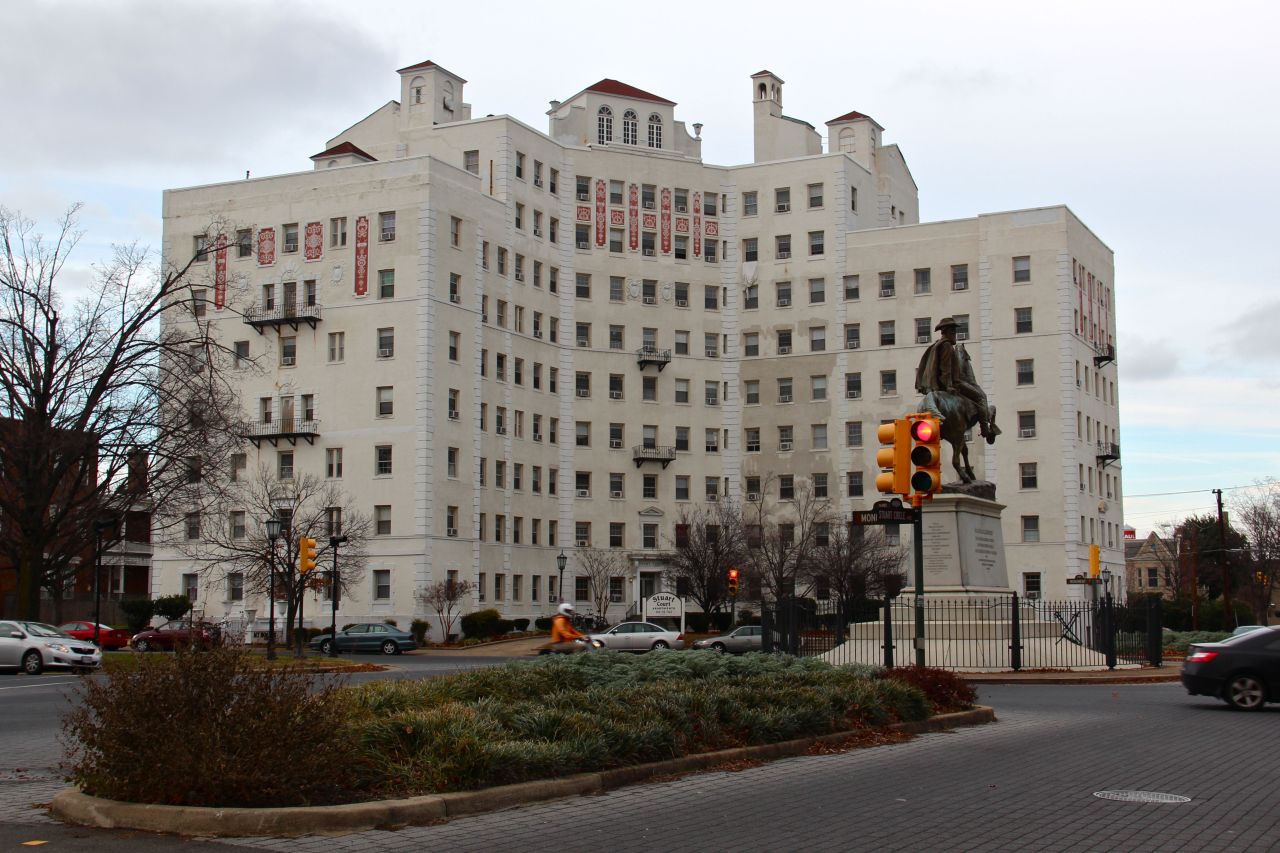
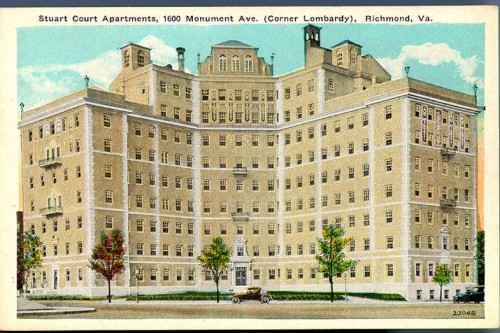


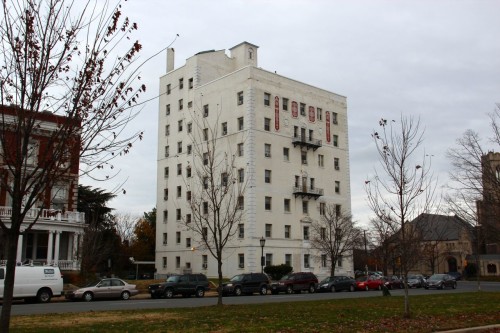
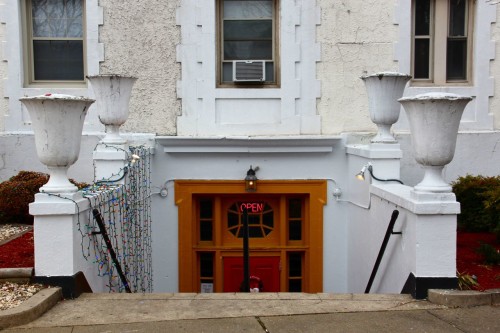
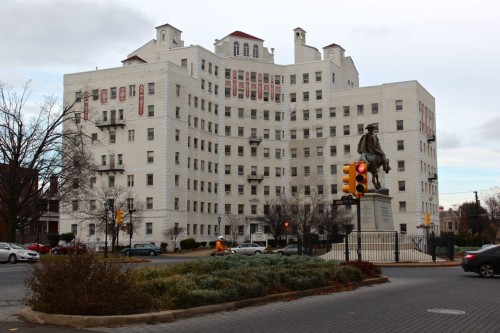
Write a Comment